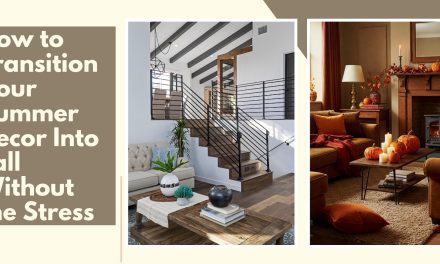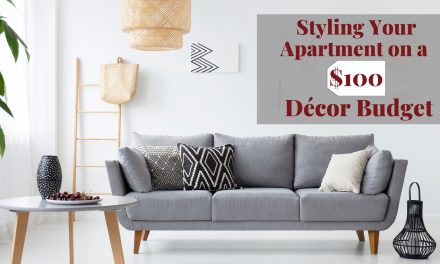Before you buy a single throw pillow or fall in love with a lamp that quietly mocks your budget, take a moment to truly understand your space. Assessing your home before decorating isn’t just a “good idea”—it’s the move that saves you from buying furniture that doesn’t fit, accessories that overwhelm the room, and impulsive décor choices that drain your wallet faster than a seasonal sale.
By evaluating what you have, what you need, and how your rooms actually function, you create a solid foundation for stylish decisions that look intentional, feel cohesive, and stay comfortably within your spending limits. A little planning now means fewer returns later—and far fewer design regrets.
Identifying Key Areas to Style
Identifying your most impactful zones ensures a smoother decorating process. The living room often deserves attention first because guests spend the most time there. Rearranging furniture can change the room’s energy instantly. Simple shifts can open pathways, brighten corners, and create stronger focal points.
The bedroom comes next because comfort drives its importance. Fresh bedding, ambient lighting, or a discreet statement wall can transform the entire mood. Peel-and-stick wallpaper works well when you want style without a renovation. The kitchen benefits from playful touches like colorful dishware or decorative jars. Each small upgrade adds character without overwhelming the space. Prioritizing these core rooms helps you build a cohesive, stylish home.
Measuring for Proportions That Actually Work
Accurate measurements prevent frustration and wasted money. A laser measure offers fast precision for larger rooms, while a tape measure works better for tight or detailed areas. Recording clear dimensions lets you understand how furniture will behave within the space.
Digital planning tools like Roomstyler help you visualize layouts before committing. They allow you to experiment with different configurations without lifting heavy furniture. Leaving at least one to two feet around main pieces ensures comfortable movement. Visual planning reduces stress, improves flow, and supports smarter purchasing decisions.
Conclusion
Assessing your space gives you clarity before decorating. It helps you choose where to focus, what to measure, and how to plan layouts that offer comfort and beauty. With intentional steps, you can transform your home thoughtfully and avoid design mistakes that complicate daily living.
What part of your home could transform the most with better planning and a clearer sense of proportion?
Explore more styling ideas and practical decor strategies at You’re In Style.












